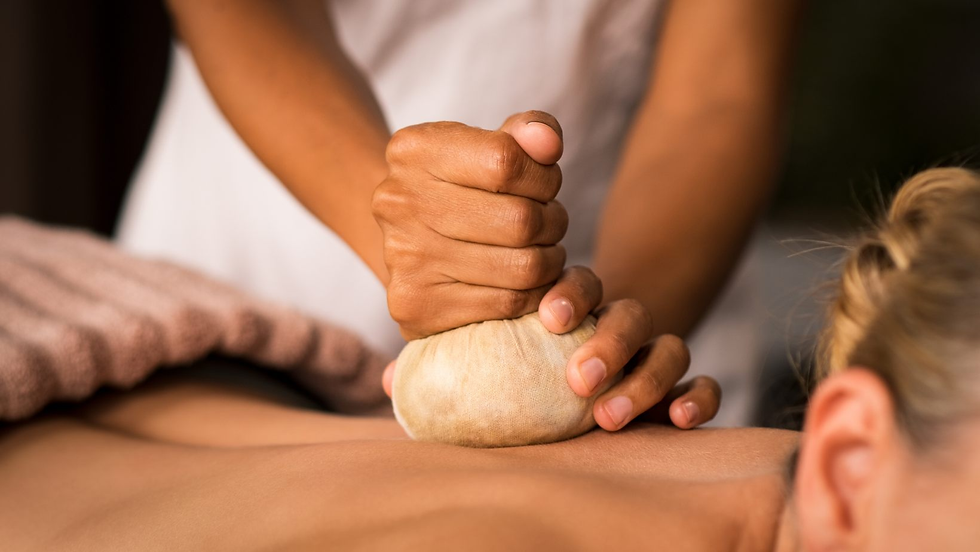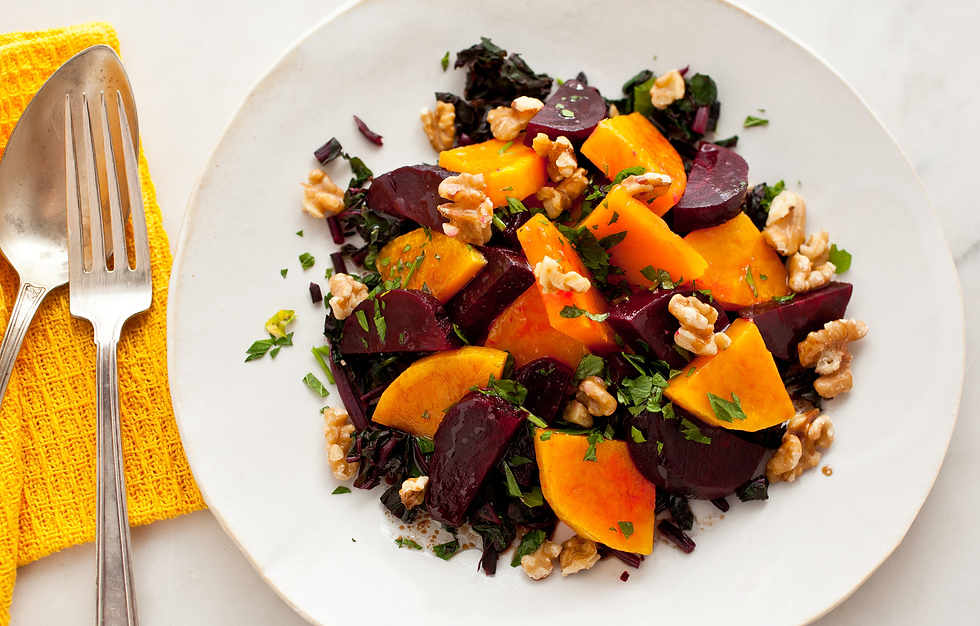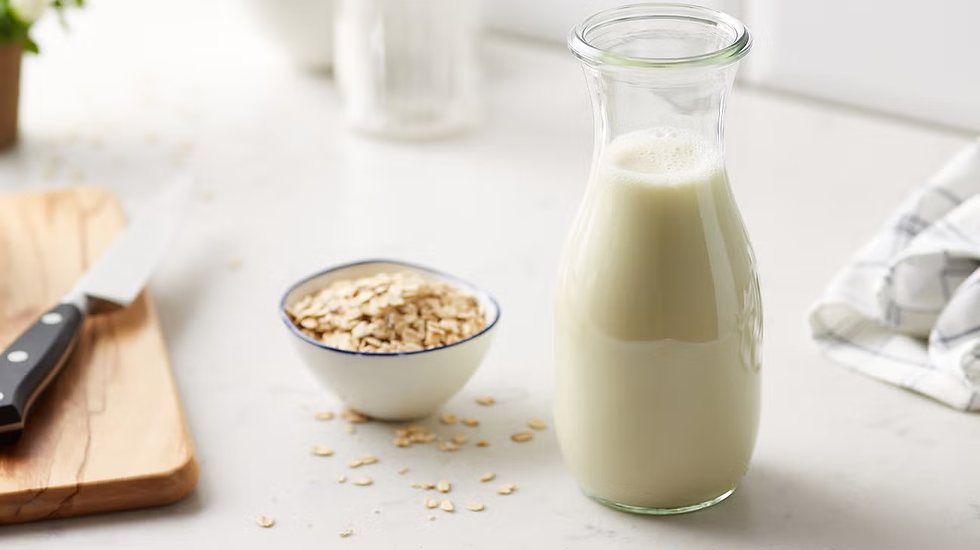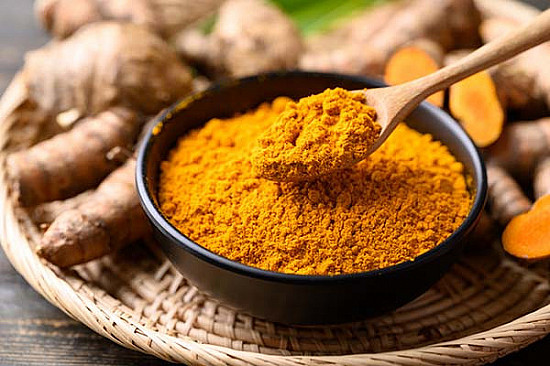Understanding Endometriosis: Causes, Why It’s Rising, and How Ayurveda Can Help You Heal Naturally
- Shweta Tanwar Mukherjee

- Jun 24
- 3 min read
Updated: Jun 25

What is Endometriosis?
Endometriosis is a chronic inflammatory condition where tissue similar to the lining of the uterus (endometrium) grows outside the uterus — often on ovaries, fallopian tubes, and pelvic lining.
These tissues respond to hormonal changes, especially estrogen, and can bleed, swell, and cause inflammation and scarring – but with no exit route, unlike menstrual blood. This leads to:
Severe pelvic pain
Painful periods
Bloating and fatigue
Pain during intercourse
Infertility in some cases

Why is Endometriosis on the Rise Today?
Over 190 million women globally suffer from endometriosis – and the numbers are growing rapidly, especially among urban women.

Key Scientific Factors Behind the Rise:
Hormonal Imbalance (Estrogen Dominance)
High levels of unopposed estrogen can trigger endometrial tissue growth.
Causes: Chronic stress, poor liver detoxification, environmental xenoestrogens (from plastics, cosmetics, pesticides).

Chronic Inflammation
Gut issues, processed foods, and toxins can create low-grade, chronic inflammation – a known driver of endometriosis.

Dysregulated Immune System
A weakened immune response may fail to eliminate misplaced endometrial cells.
Delayed Childbearing and Modern Lifestyles
Late pregnancies, frequent use of hormonal contraceptives, and irregular cycles disrupt natural hormonal rhythms.

The Stress-Endometriosis Connection
Studies show that chronic stress elevates cortisol, which:
Suppresses progesterone (needed to balance estrogen)
Increases inflammation
Disrupts ovulation, further contributing to hormonal chaos
How Ayurveda Understands Endometriosis
Ayurveda sees endometriosis as a result of:
Vata imbalance, especially Apana Vata, which governs downward flow (menstruation, elimination).
Ama (toxins) buildup due to poor digestion, leading to blocked channels (srotas) and inflammatory accumulation.
Rakta dhatu dushti (impure blood tissue) – explaining pain, clots, and inflammation.
Ayurvedic Approach: Holistic Healing from the Root
Ayurveda doesn’t just suppress symptoms – it seeks to balance doshas, improve digestion, detoxify the body, and nourish reproductive tissues (Artava dhatu).
Here’s a step-by-step approach:
1. Restore Dosha Balance – Especially Vata & Pitta
Vata-calming lifestyle: early bedtime, warm foods, regular routines, emotional stability
Pitta-reducing foods: avoid spicy, sour, fried foods; include cooling herbs and ghee

2. Improve Digestion (Agni) and Eliminate Ama
Start your day with warm water + ginger or cumin seeds
Sip ajwain or fennel tea to ease bloating and cramping
Eat light, warm, nourishing meals (kitchari, soups, ghee-roasted vegetables)

3. Cleanse & Detox Gently (Not Fasting!)
Panchakarma therapy under expert guidance is highly recommended (especially Basti – medicated enema – for Vata disorders)
At home: mild detox with Triphala at night and turmeric + ghee in warm milk

4. Herbal Support for Hormone Balance & Inflammation
Herb | Benefits | How to Use |
Ashokarishta | Tones uterus, regulates cycle, reduces bleeding | 15ml twice daily with water |
Shatavari | Balances estrogen, nourishes reproductive tissues | 1 tsp powder with warm milk |
Ashwagandha | Lowers cortisol, improves sleep, reduces inflammation | 1 capsule or ½ tsp daily |
Guggul | Detoxifies tissues, reduces ama and pain | Prescribed by an Ayurvedic doctor |
Manjistha | Blood purifier, reduces pigmentation, hormonal acne | Tea or capsule form |
Always consult an Ayurvedic practitioner for personalized dosages and combinations.
5. Lifestyle and Mind-Body Healing
Abhyanga (self-massage) with warm sesame oil – calms Vata and improves lymphatic flow
Yoni steam with neem, rose, and chamomile to reduce pelvic inflammation
Restorative yoga, Viparita Karani, Apana Vata balancing poses (like Child’s Pose and Supine Twist)
Meditation and Pranayama (especially Nadi Shodhana) to reduce stress and balance hormones

6. Anti-inflammatory, Estrogen-Balancing Diet
Include:
Cooked vegetables (carrot, beetroot, squash)
Warm teas: ginger, tulsi, fennel
Healthy fats (ghee, flaxseeds)
Whole grains (quinoa, rice, barley)

Avoid:
Refined sugar, dairy, gluten (can worsen inflammation)
Caffeine and alcohol (aggravate Vata and Pitta)
Cold/raw salads, carbonated drinks

Scientific Studies Supporting Natural Approaches:
Curcumin (turmeric) has shown to suppress endometrial cell proliferation (Reproductive Sciences, 2013)
Omega-3s & anti-inflammatory diet linked to reduced pelvic pain (American Journal of Clinical Nutrition, 2012)
Yoga & mindfulness reduce pain severity and improve quality of life in women with endometriosis (Journal of Psychosomatic Obstetrics & Gynecology, 2021)

Final Words
Endometriosis isn’t just a reproductive condition – it’s a whole-body, mind-soul imbalance. While allopathic medicine offers pain relief and hormonal suppression, Ayurveda offers hope: a deeper healing of your body’s natural intelligence.
Through consistent rituals, gentle detox, dosha alignment, and conscious nourishment, you can reclaim your energy, reduce your pain, and live with more ease.
Want to get started?
Create a simple 3-step daily routine:
Morning: Warm ginger tea + gentle yoga
Afternoon: Shatavari ghee + warm lunch
Evening: Abhyanga + Triphala + early bedtime









Comments